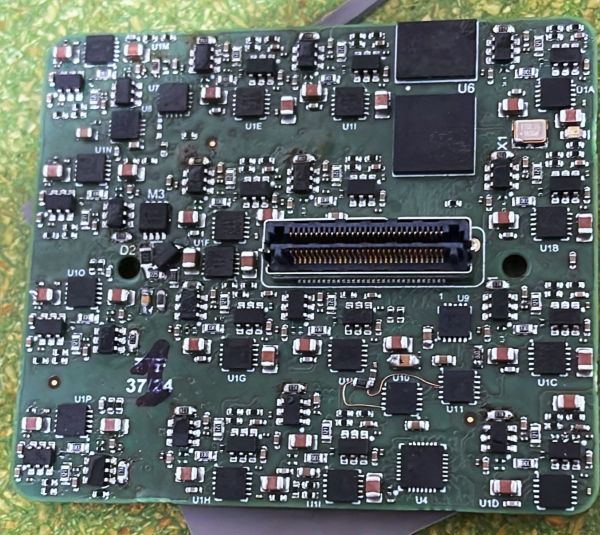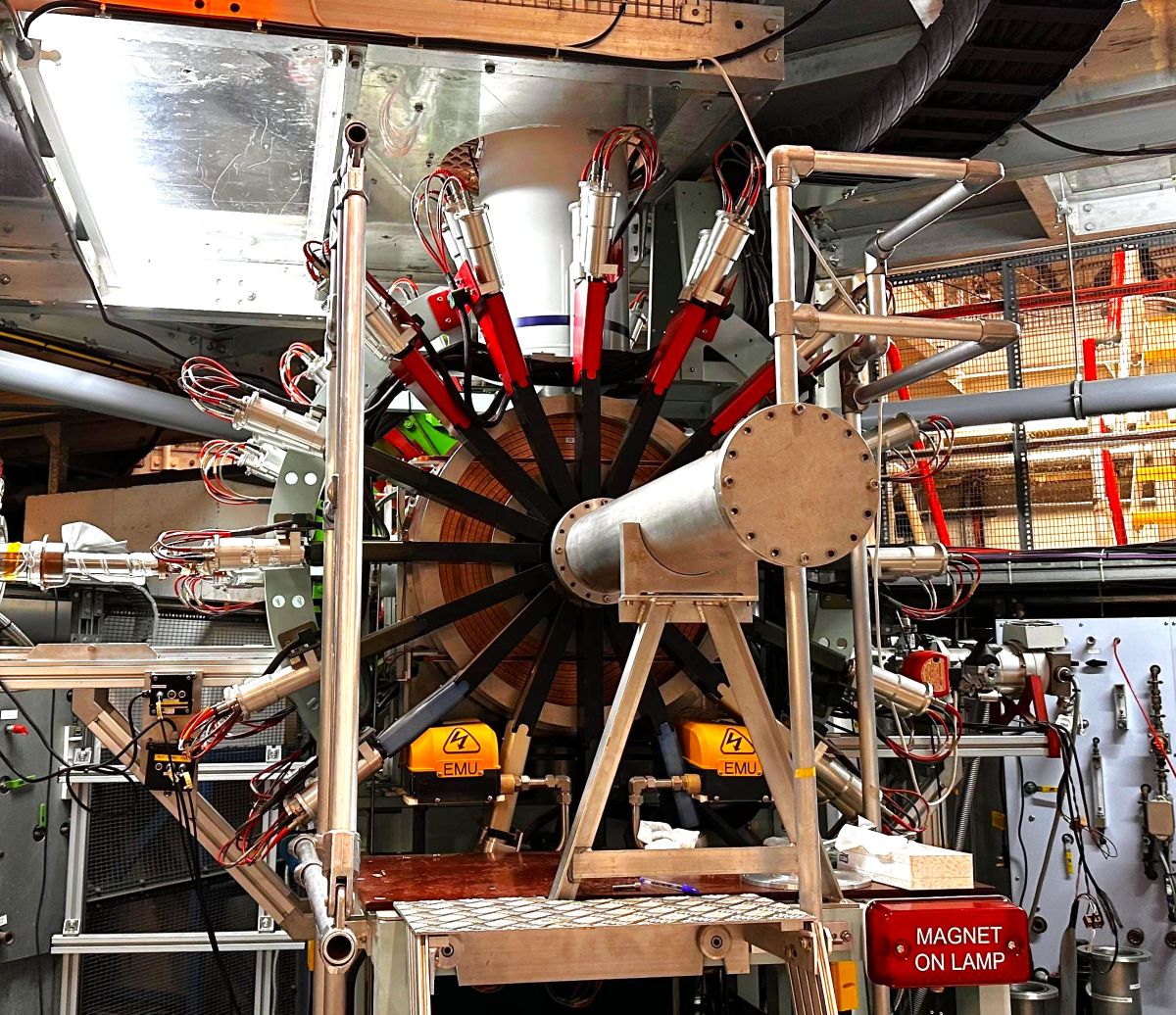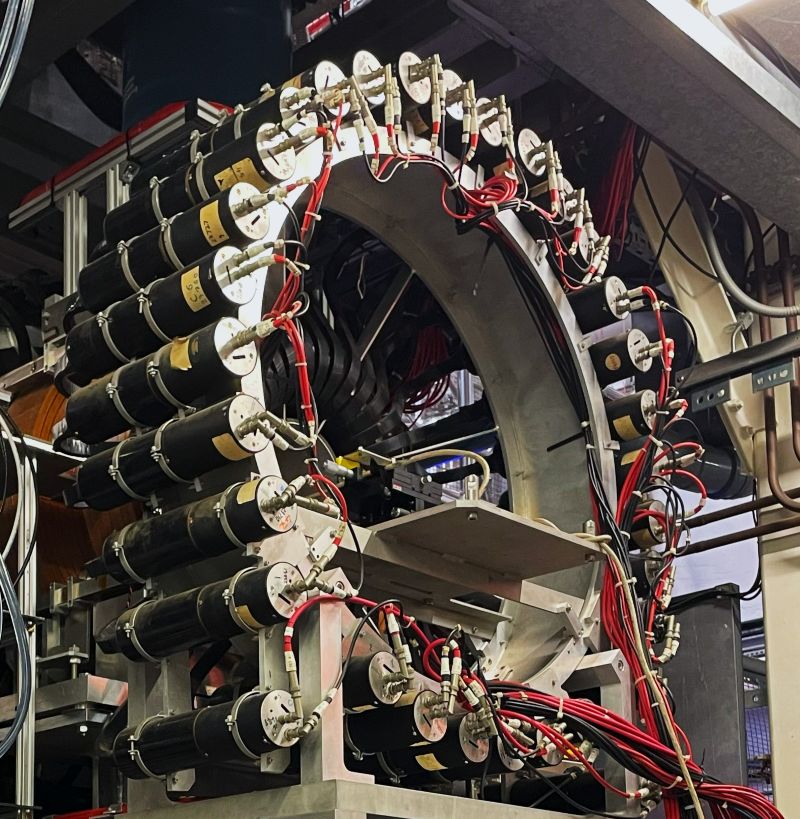
About the Project
As part of the Super-MuSR upgrade at the ISIS Muon Pulsed Facility, Nuclear Instruments developed advanced front-end electronics, including custom sensors and preamplifiers, and integrated our DAQ-121 digitizer—an 8-channel, 1 Gsps, 12-bit simultaneous sampling system—enhancing time resolution and data throughput for next-generation muon spectroscopy.
-
Date
January 2025

Nuclear Instruments

UKRI - Science and Technology Facilities Council
Super-MuSR at ISIS: Advancing Muon Spectroscopy with Next-Generation Electronics
The Super-MuSR project represents a significant upgrade to the existing MuSR instrument at the ISIS Neutron and Muon Source, operated by the UK Research and Innovation (UKRI) Science and Technology Facilities Council (STFC). This initiative aims to enhance the instrument’s capabilities by achieving over an order of magnitude increase in both counting rate and time resolution. Such advancements are crucial for exploring a broader range of scientific phenomena, including studies in superconductivity, magnetism, and energy materials.
Enhancing Detector Performance
A central component of the Super-MuSR upgrade is the development of a highly segmented detector array, expanding from 64 to over 600 channels. This increase is designed to improve the data collection rate by more than twentyfold, enabling detailed studies of quantum coherent muon states and in-operando diffusion measurements of battery cells.
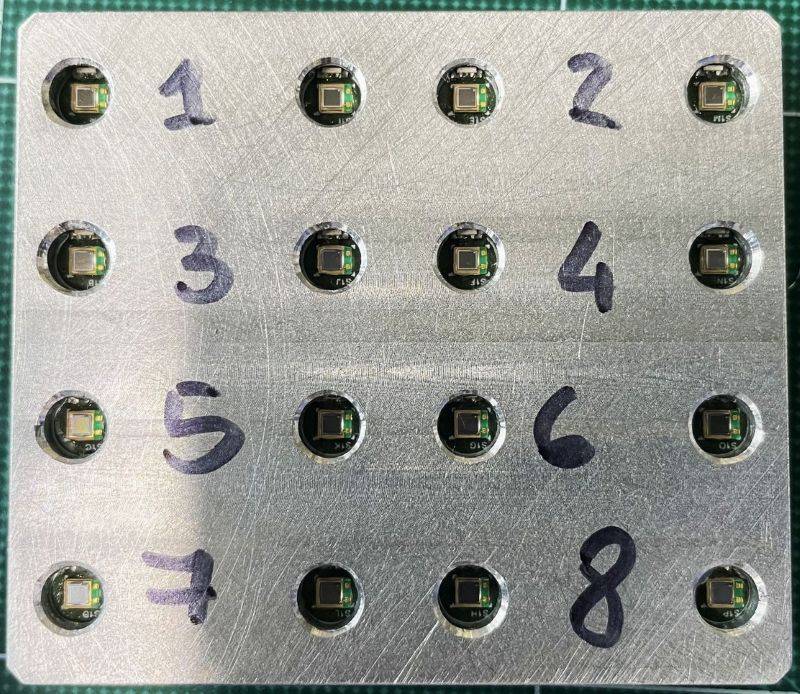
Detail of the front view of the sensor board placed inside the scintillators alignment jig.
Detail of the front view of the sensor board placed inside the scintillators alignment jig.
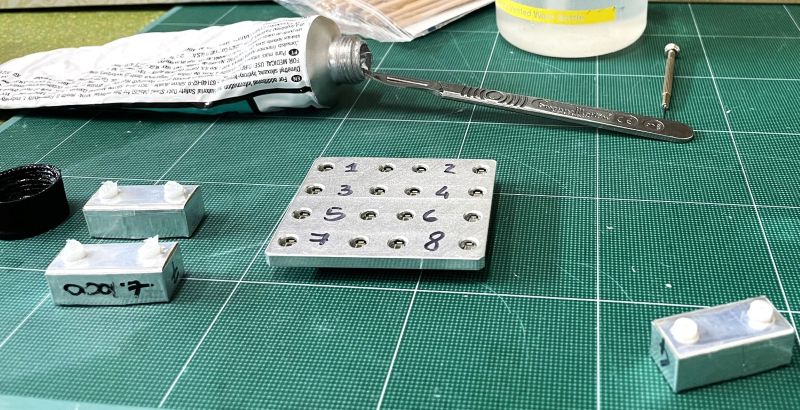
Picture of the scintillators mounting process on the alignment frame.
Picture of the scintillators mounting process on the alignment frame.
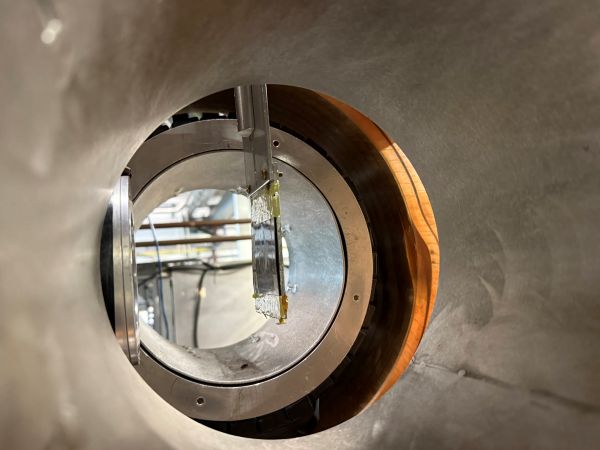
Silver foil on the candlestick. Passive target for testing purposes.
Silver foil on the candlestick. Passive target for testing purposes.
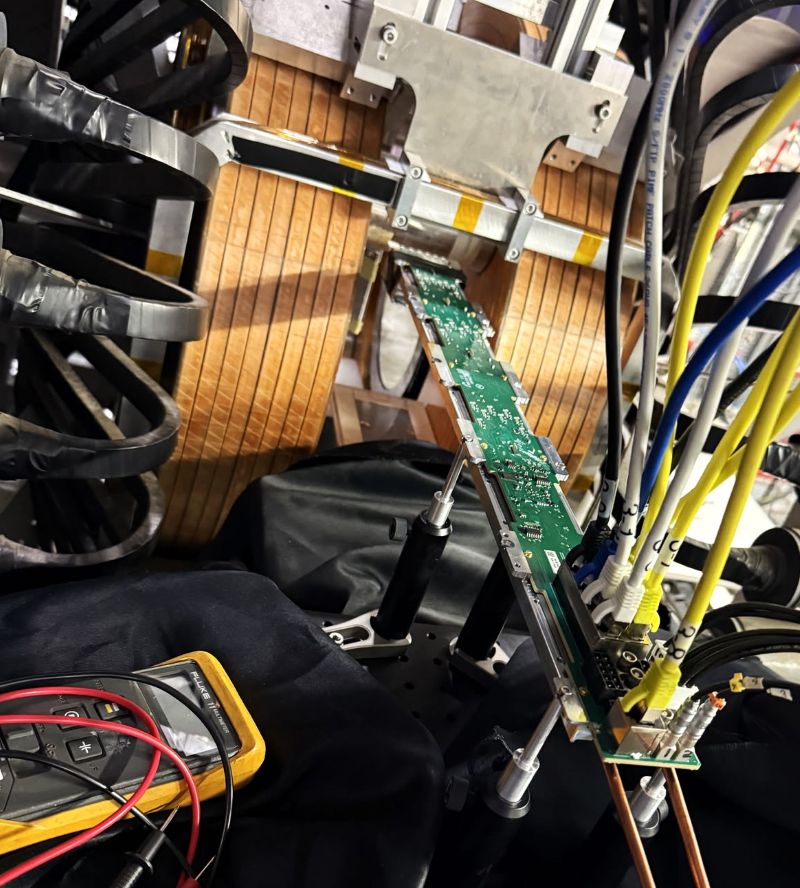
Single stave test inside the MuSR instrument. The stave is a modular structure that holds the scintillator and sensors in place, ensuring precise alignment and stability during operation. It also features the shaping and amplification of the signals from the sensors, as well as the cooling system for the sensors.
Single stave test inside the MuSR instrument. The stave is a modular structure that holds the scintillator and sensors in place, ensuring precise alignment and stability during operation. It also features the shaping and amplification of the signals from the sensors, as well as the cooling system for the sensors.
Nuclear Instruments’ Contribution
Nuclear Instruments has played a pivotal role in this upgrade by designing, testing, and manufacturing advanced front-end electronics tailored for the new detector array. Our work encompasses the development of custom sensors and preamplifiers optimized for high-speed signal acquisition and low-noise performance.
The DAQ-121 Digitizer
At the heart of our contribution is the Nuclear Instruments DAQ-121 digitizer, an 8-channel, 1 Gsps, 12-bit simultaneous sampling system. This digitizer is engineered to handle the high data throughput required by the upgraded instrument, ensuring nanosecond precision in capturing the fleeting signals associated with muon decay events. The DAQ-121’s architecture integrates four Xilinx Zynq UltraScale+ System on Chips (SoCs), combining FPGAs, quad-core ARM processors, and DDR4 memory to manage parallel acquisition processes and real-time signal processing.
Real-Time Signal Processing
To address the challenges of high-rate data acquisition, the DAQ-121 employs advanced digital signal processing (DSP) algorithms implemented directly within the FPGA. One such technique is pulse deconvolution, which separates overlapping signals in rapid sequences, a common occurrence in muon spectroscopy where detectors face “pulse pile-up.” By executing this operation in real-time, the system enhances the detector’s effective count rate and improves the overall quality of the data collected.
Integration and Control
The DAQ-121 system runs on Ubuntu Linux, supporting in-situ software development for DSP, data streaming, and slow control operations. Users can adjust acquisition parameters via the ISIS instrument control computer using the IBEX interface, based on the EPICS toolkit and interfacing through ZeroMQ. This integration ensures seamless operation within the existing ISIS infrastructure and facilitates efficient data management and analysis.
Impact on Muon Spectroscopy
The enhancements brought by the Super-MuSR upgrade, supported by Nuclear Instruments’ advanced electronics, are set to revolutionize muon spectroscopy at ISIS. The improved time resolution and increased counting rate will enable researchers to conduct experiments with higher precision and explore new scientific frontiers. Applications range from investigating time-reversal symmetry breaking in exotic superconductors to probing the exotic states of frustrated magnets.
